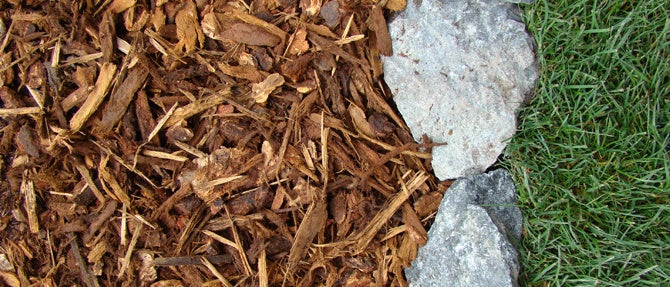Mad About Mulch
With the sun beating down on your garden, mulch can help protect your plants, helping to stop temperature and moisture fluctuations that can stress your plants out. There are different types of mulches you can use in the garden, which help to feed the soil while keeping it warm on cool days, and cool on hot days. It can also save significant time in your garden weeding – which we think makes a pretty compelling case for ‘why mulch?’
 Types of mulch
Types of mulch
- Lucerne hay: You knew this was a rich animal feed, but did you know it’s also popular in the garden? This is a favourite of ours, as it’s a crop that has the least synthetic sprays applied during growing season in the paddock. It’s great as a mulch layer as it has lots of plant variety in it, but doesn’t shoot to seed (like meadow hay does!)
- Pea hay: A possible favourite in Nana’s old rose garden, pea hay is very high in nitrogen and will help fix nitrogen in the soil. It’s particularly beneficial for places where broccoli, cabbage, cauliflower and kale have grown. Ask in store for bags of pea hay mix.
- Rotted leaves: Wet winter leaves that have been bagged for a few months provide your garden with wonderful humus – a rich, organic matter that improves the fertility and water retention of soil. If you don’t have your own source of rich leaves out back, head to a park or the side of a tree lined road, with a large bag in hand.
- Grass clippings: Wondering what to do with the organic matter gathered by your lawnmower? Fresh grass clippings are full of nitrogen and break down really well, releasing nutrients into your soil. Just apply a thin layer and wait for it to breakdown completely before adding another layer.
- Tui Mulch n Feed: A mixture of mulch, blood and bone, sheep pellets and regular compost.
Top tip
For best results, mulch all areas of your garden 7cm thick. Keep away from the base of your plants to avoid rotting the stems.

